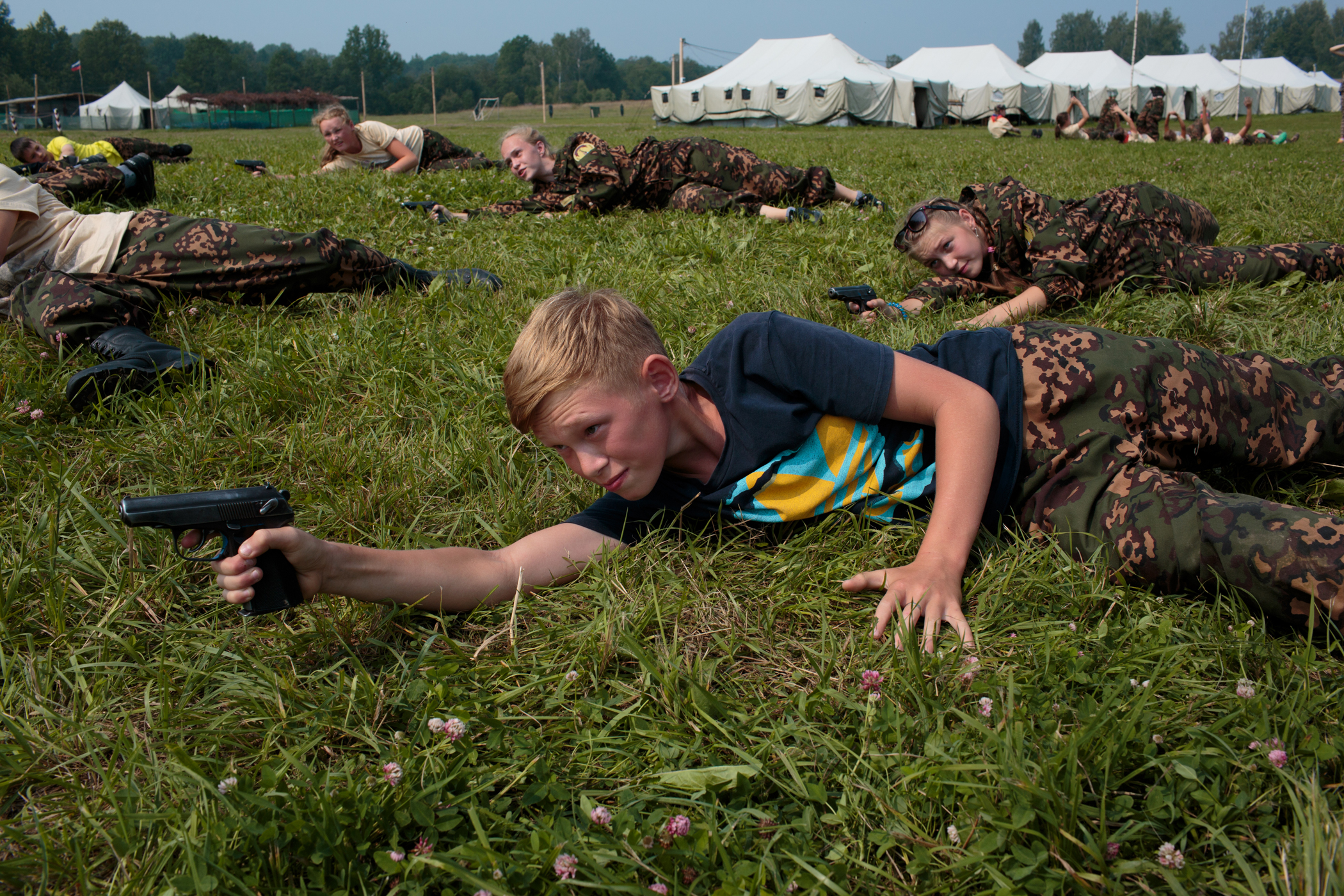
One morning this spring, Sarah Blesener, an American documentary photographer, got a chance to visit a school in the Moscow suburb of Dmitrov, where lessons in basic military training are available to students a few times a week. She was expecting to see kids in uniforms, saluting the flag and doing drills, much like the courses one might find in U.S. high schools that offer programs for cadets. Instead she found a classroom of students, some as young as 11, learning to assemble and load Kalashnikov assault rifles. Out in the schoolyard, a safety lesson focused on the proper use of biohazard suits in the event of nuclear or chemical fallout.
Her photo of one the students that day, who stood for a portrait in a gas mask and bulky rubber gloves, became the first in Blesener’s study of what Russians refer to as military-patriotic education. Through a series of speeches and official decrees, President Vladimir Putin and his government have recently made this curriculum the norm across the country, offering adolescents a range of instruction in ideology, religion and preparedness for war.
In one of his first decrees on this approach to education, Putin ordered the creation last fall of a nationwide “Russian students’ movement,” whose aim is to “help form the characters” of young people “based on the system of values that is intrinsic to Russian society.” Reports in the Russian media cast the decree as a revival of the Young Pioneers, the official youth movement of the Soviet Communist Party. The Russian Defense Ministry then followed up on this program in April with the creation of what it called the Young Army, a network of youth associations that now provides training in military tactics and history in many of Russia’s regions.

In her photo series, Blesener focuses on two military summer camps for kids aged between 10 and 17. The first one, held near the hallowed battleground of Borodino, where Russia fought the invading French forces of Napoleon in 1812, centered around battle reenactments and the proper use of weapons, ranging from knives to assault rifles. The second camp, called Orthodox Warrior, combined combat training with strict adherence to the Orthodox Christian faith, which has come to play an increasingly important role in Russia’s official ideology.
Priests dressed in the robes of the Orthodox clergy presided over the latter camp, taking the campers to pray at pilgrimage sites in the mornings and then judging their competitions in knife fighting and marksmanship in the afternoons. “It was a bit surreal,” says Blesener. “The Orthodox religion was mixed into the military training, which I’ve never seen before.”
But in Russia this has become commonplace. In one of his more striking pronouncements on the need for patriotic education, Putin argued in 2012 that Russia is in the midst of a “fierce competition” with the West over the very soul of the Russian nation. “This is an absolute reality, just like the struggle over mineral resources,” Putin told a televised gathering of officials from the worlds of education, religion and the armed forces that September. These battles in the spiritual and ideological realms, he warned, could lead to “catastrophe for entire states, to their weakness, collapse and, ultimately, to the loss of sovereignty and to fratricidal wars.”
With the outbreak of war in Ukraine less than two years later, that statement began to seem prophetic. Ukraine’s revolution in the winter of 2014 brought a pro-Western government to power, and Russia responded by invading and annexing the region of Crimea while stoking a separatist rebellion in eastern Ukraine. The resulting conflict devolved into a fratricidal war that has claimed nearly 10,000 lives and caused a profound rupture in Russia’s relations with the West.
+
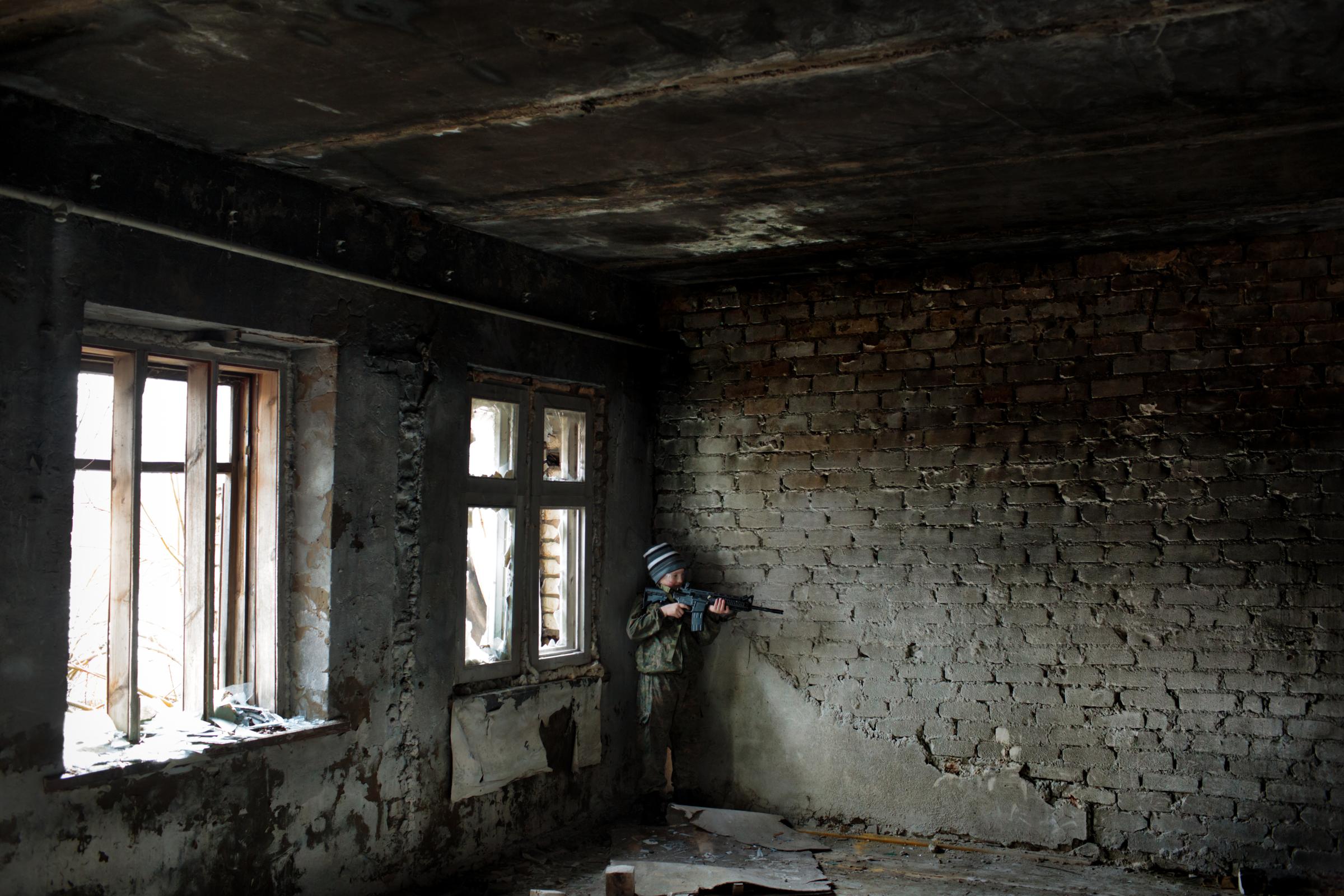
In the past two years, that war has also caused a resurgence of patriotic fervor and nationalism in Russia, which has in turn fueled the popularity of the military youth camps that Blesener documented. More broadly, the levels of respect and confidence that Russians feel toward their armed forces has spiked since the annexation of Crimea from Ukraine. A survey published in February by the Levada Center, an independent Russian pollster, found that 58% of respondents want to preserve the military draft – marking a record level of support for that once-despised institution. The same survey found that 81% of Russians have faith in their armed forces, a jump of more than 20 percentage points compared to before the conflict in Ukraine.
Much of that newfound admiration has come thanks to the Kremlin’s control over nearly all mass media, which have put a heroic gloss on Russia’s military exploits in Ukraine and more recently in Syria. But the official propaganda against Ukraine and its Western allies that has also saturated Russia’s news outlets in recent years did not play much of a role in the camps that Blesener photographed. Nor did the instructors seem to encourage kids to admire Putin personally. “His name was hardly mentioned,” she says. “It was more of a reverence for the Russian motherland itself.”
And despite the focus on military training, the organizers of the camp never specified what enemy the students should prepare to fight. As one of the instructors told her when asked about this, “We have no secrets from the world. We don’t want war. But we are preparing for war.”
Sarah Blesener is a documentary photographer based between New York City and Moscow. Follow her on Instagram.
Josh Raab, who edited this photo essay, is an associate photo editor at TIME. Follow him on Instagram and Twitter.
Simon Shuster is a TIME correspondent based in Berlin. Follow him on Twitter.


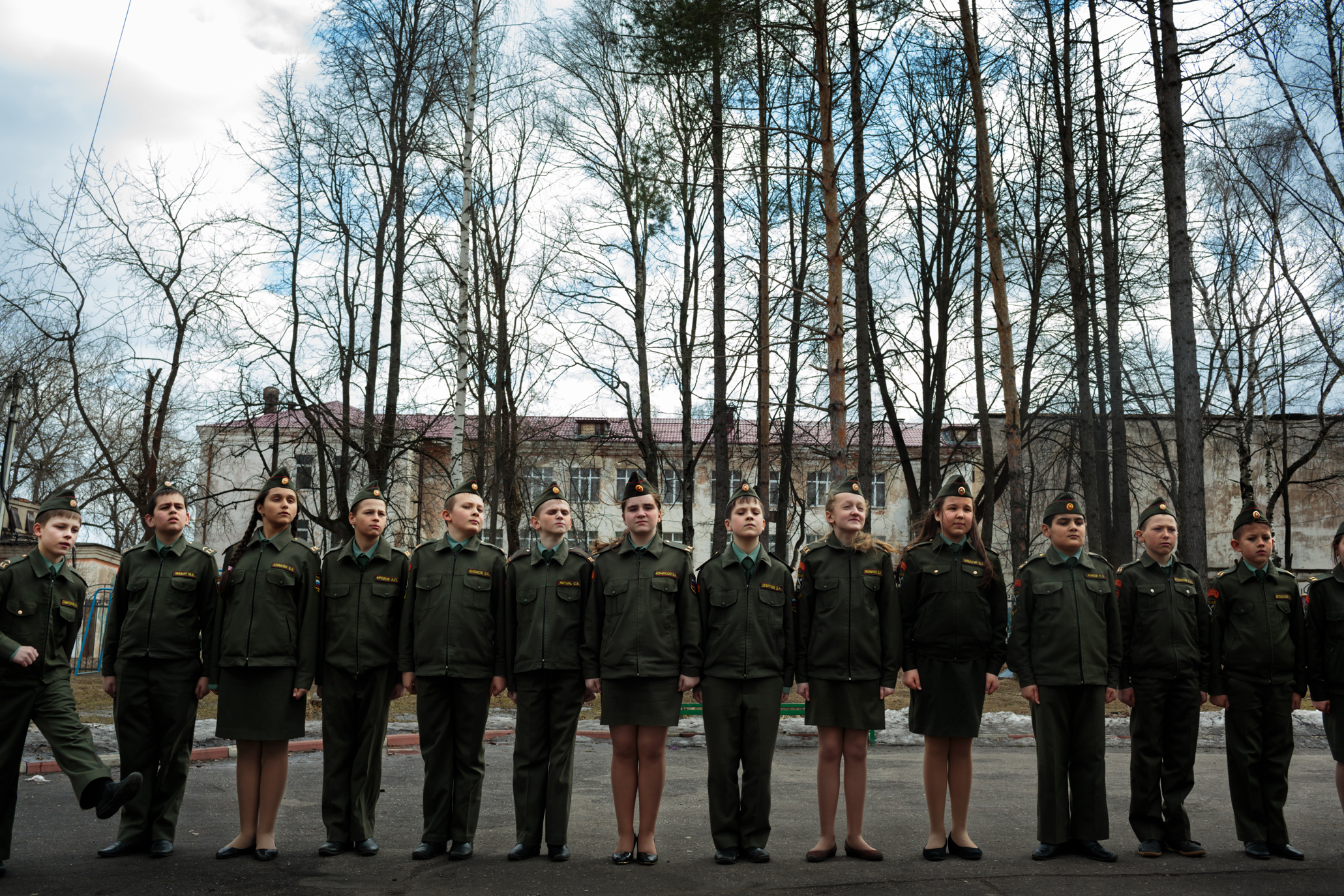
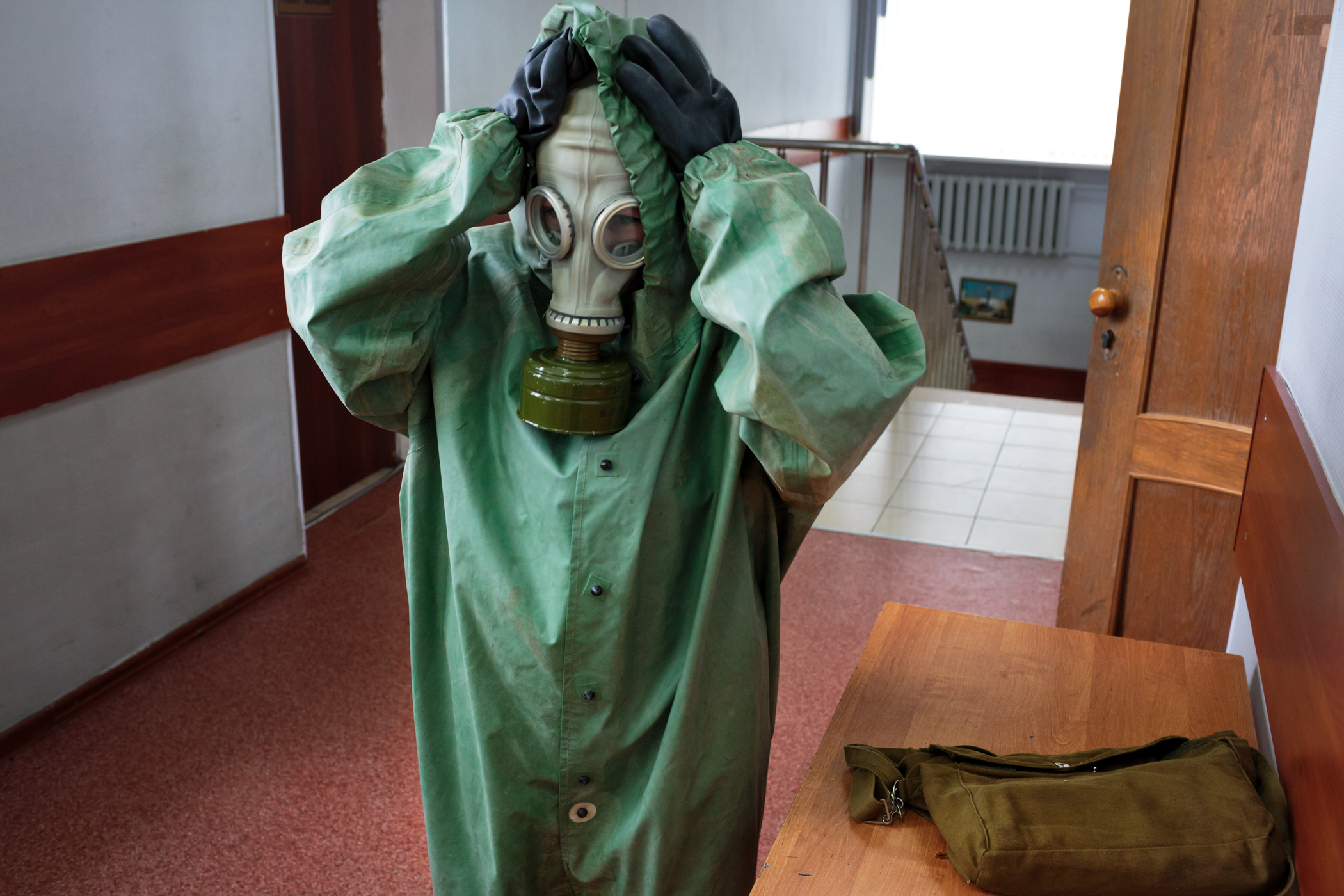

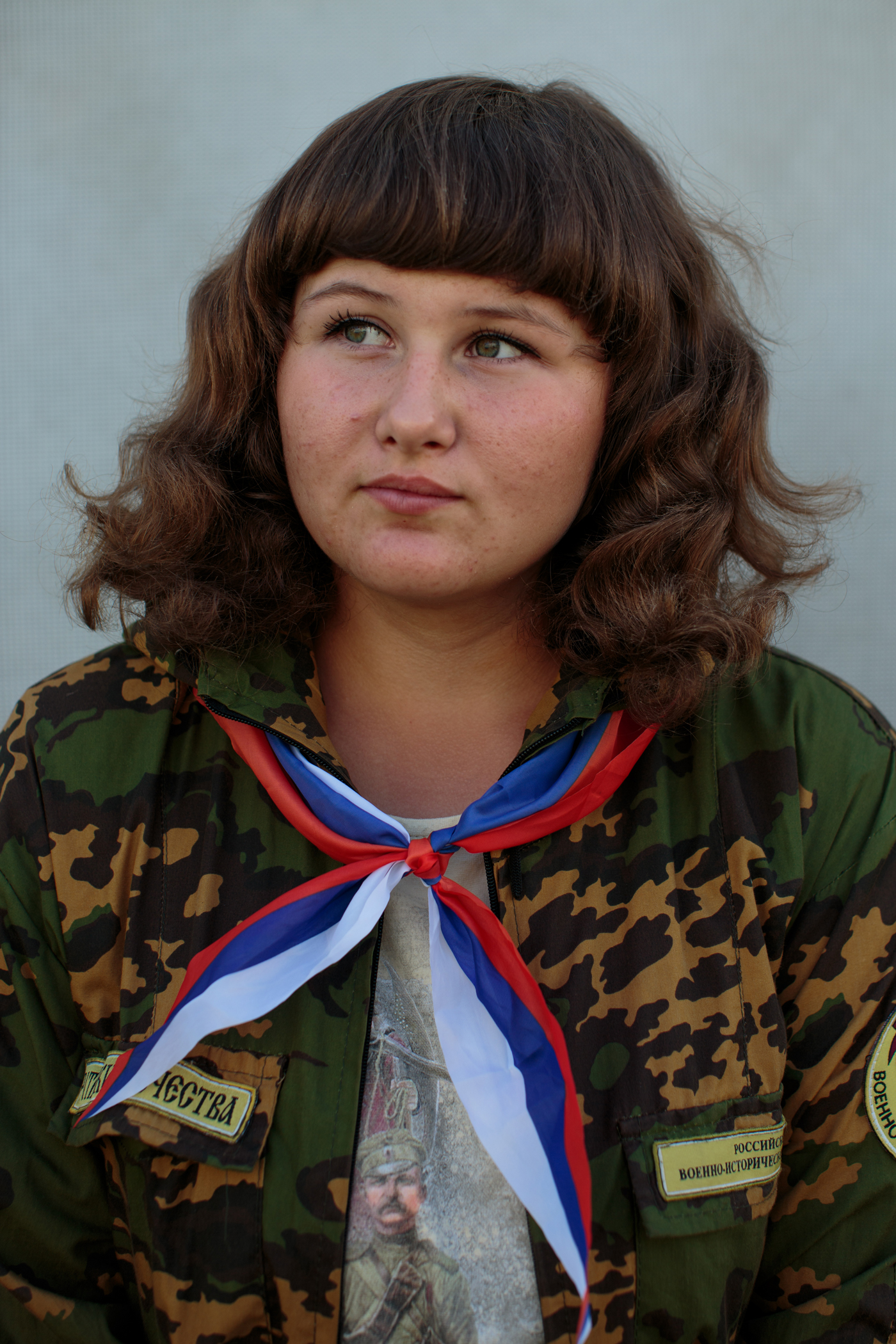

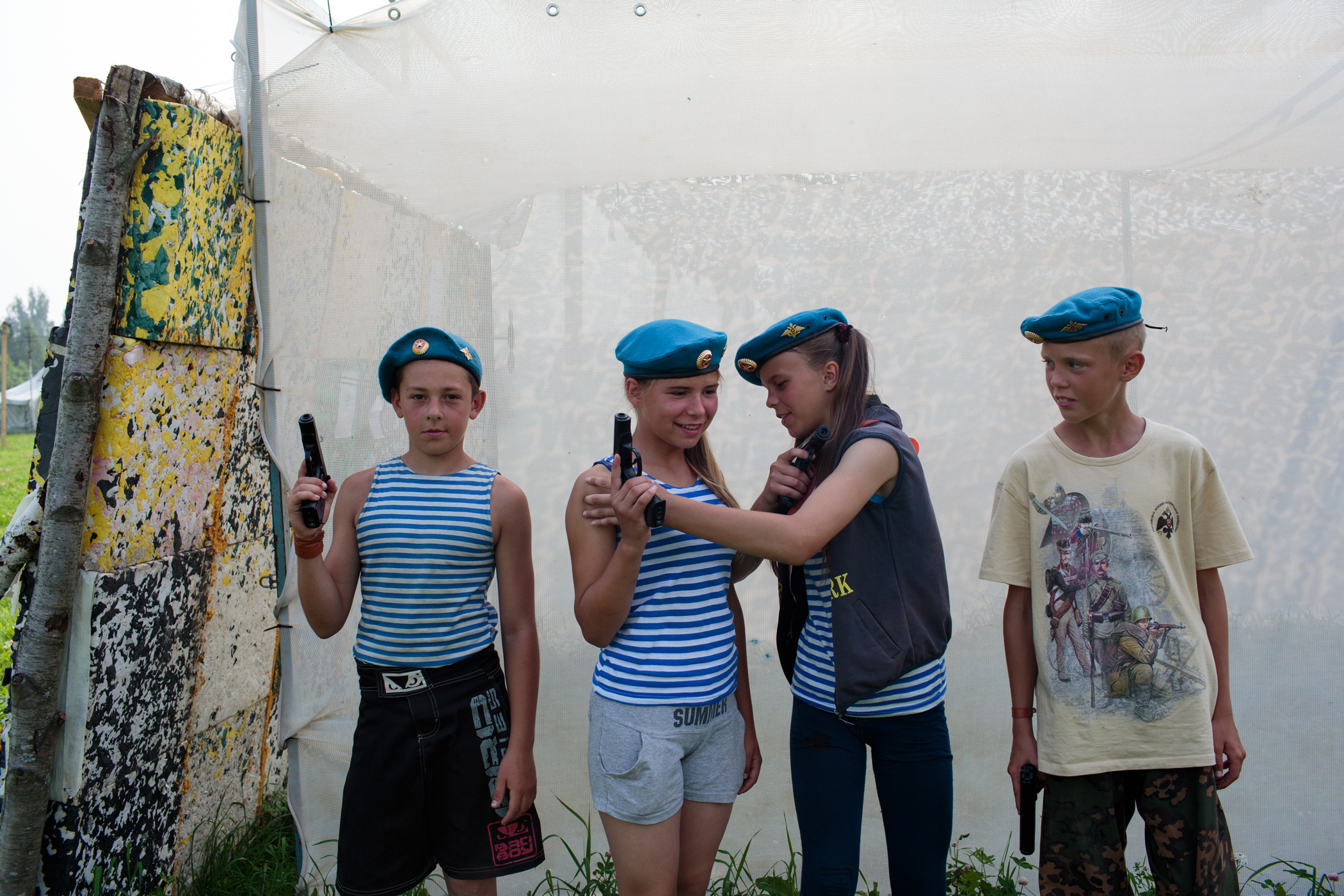
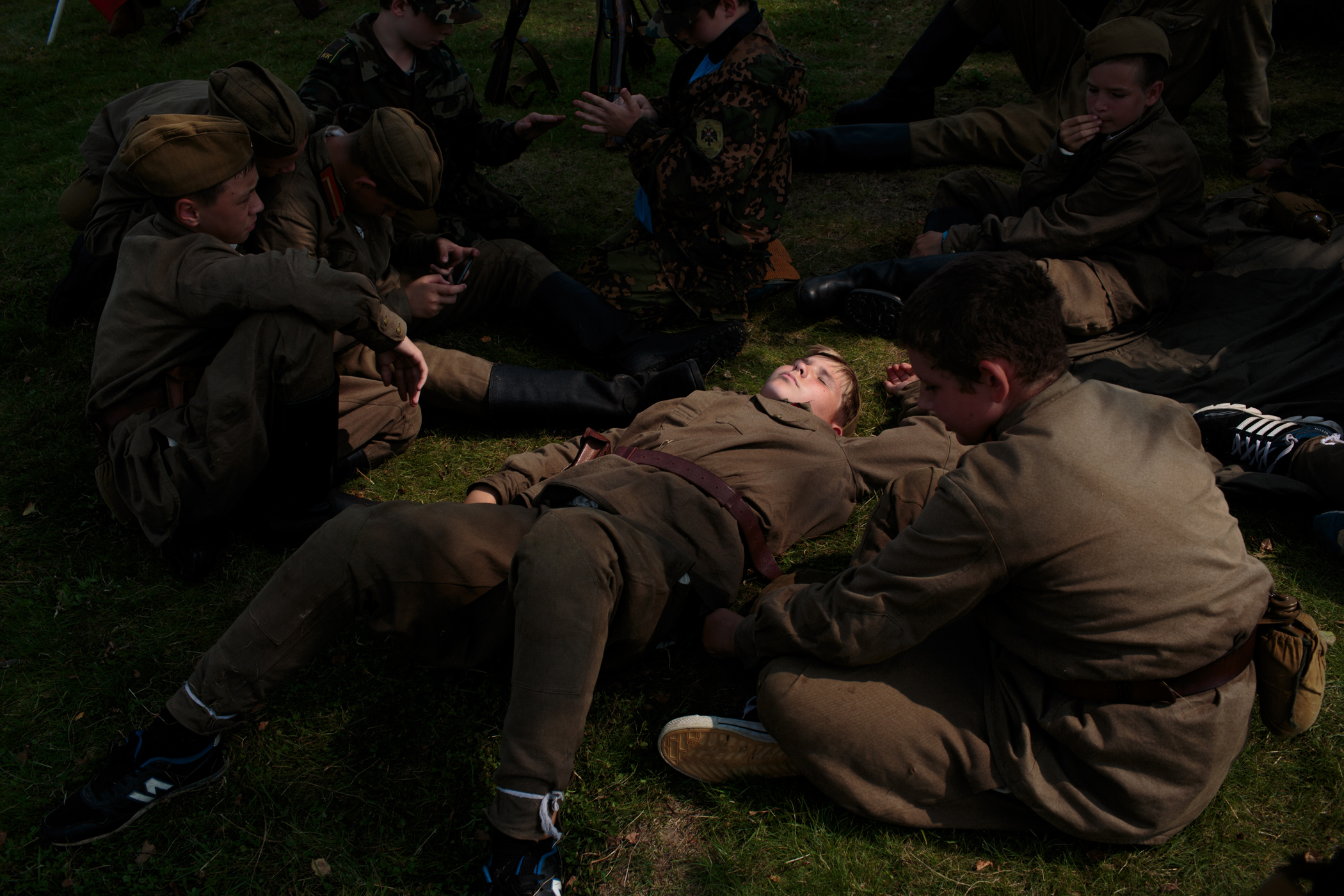


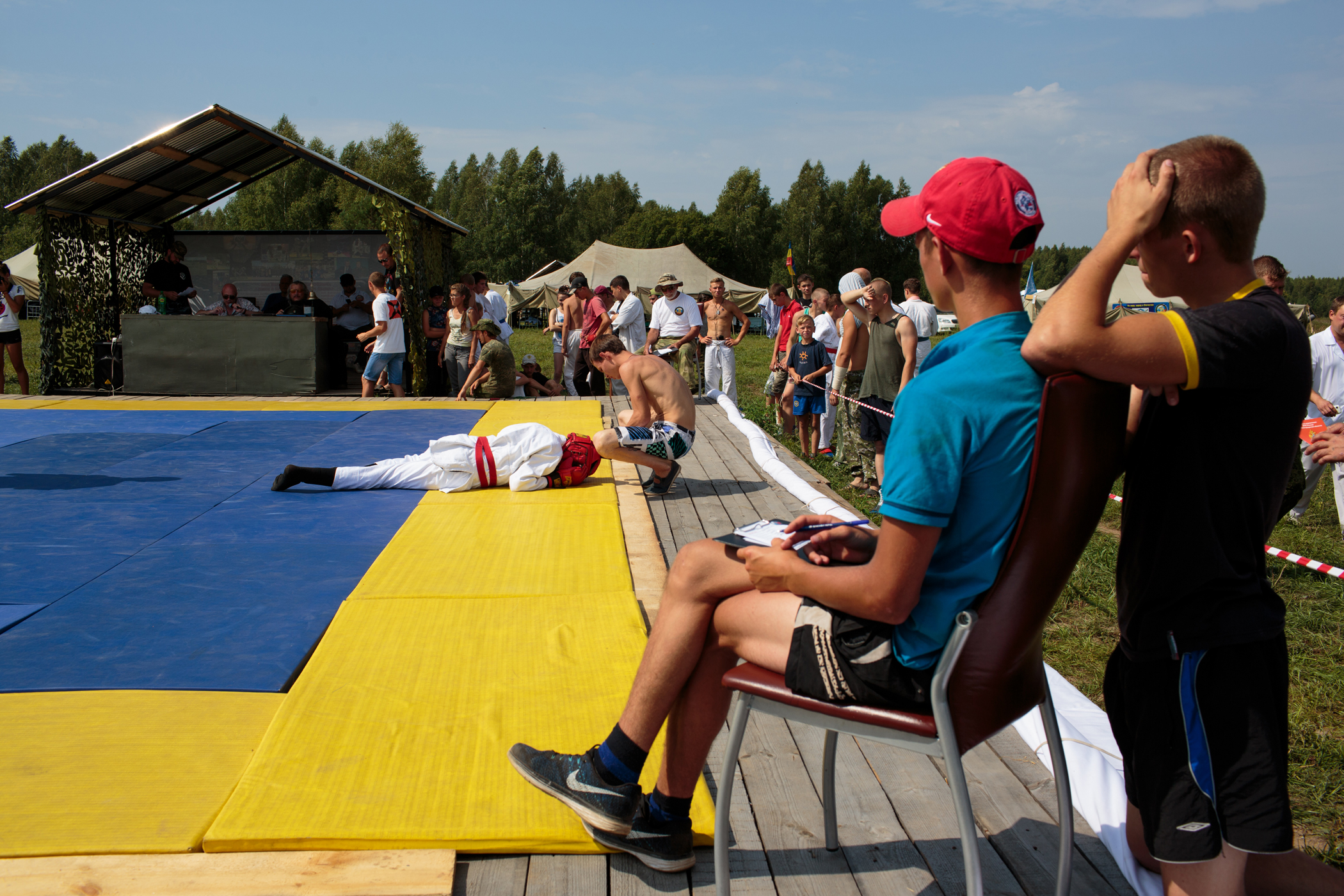
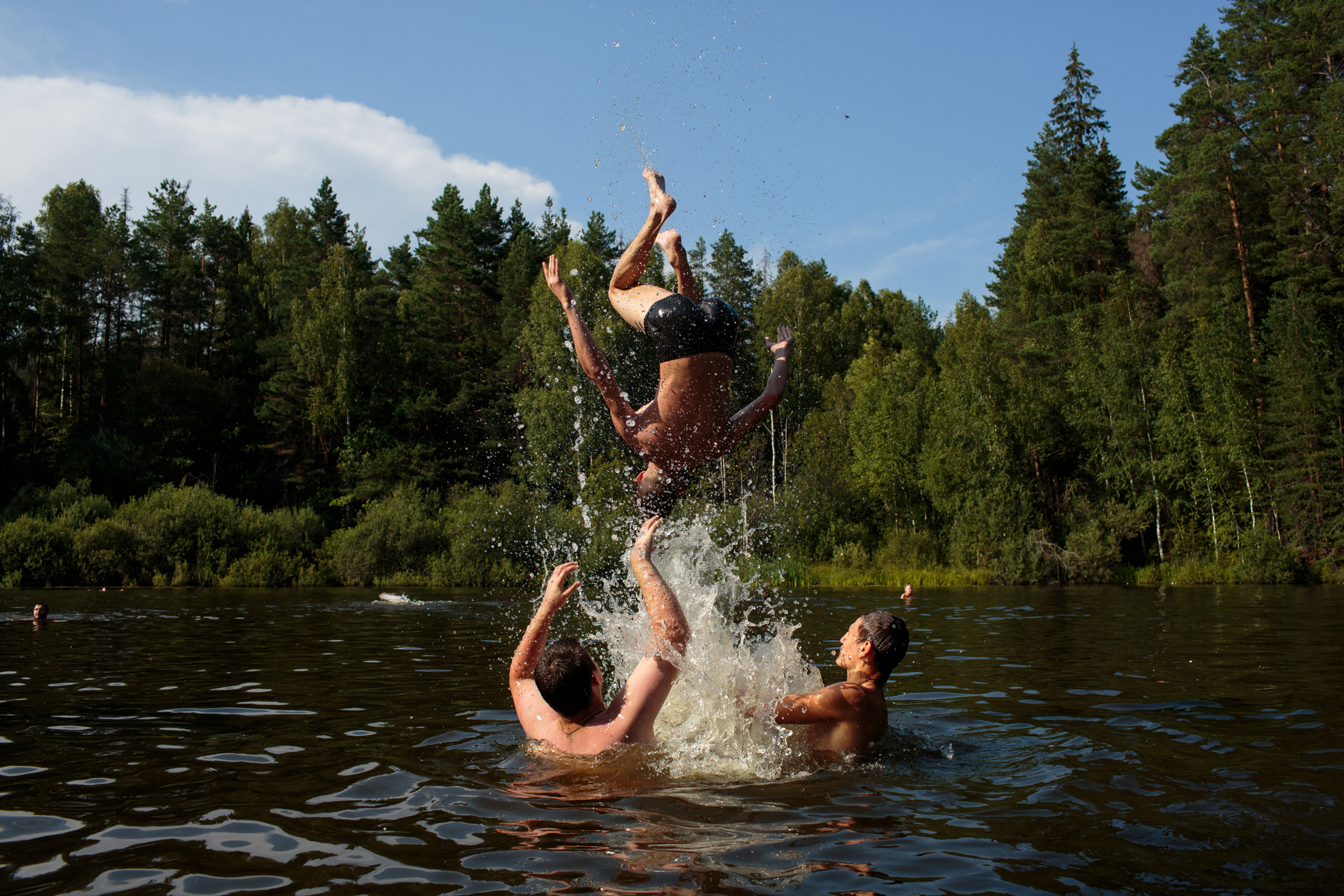
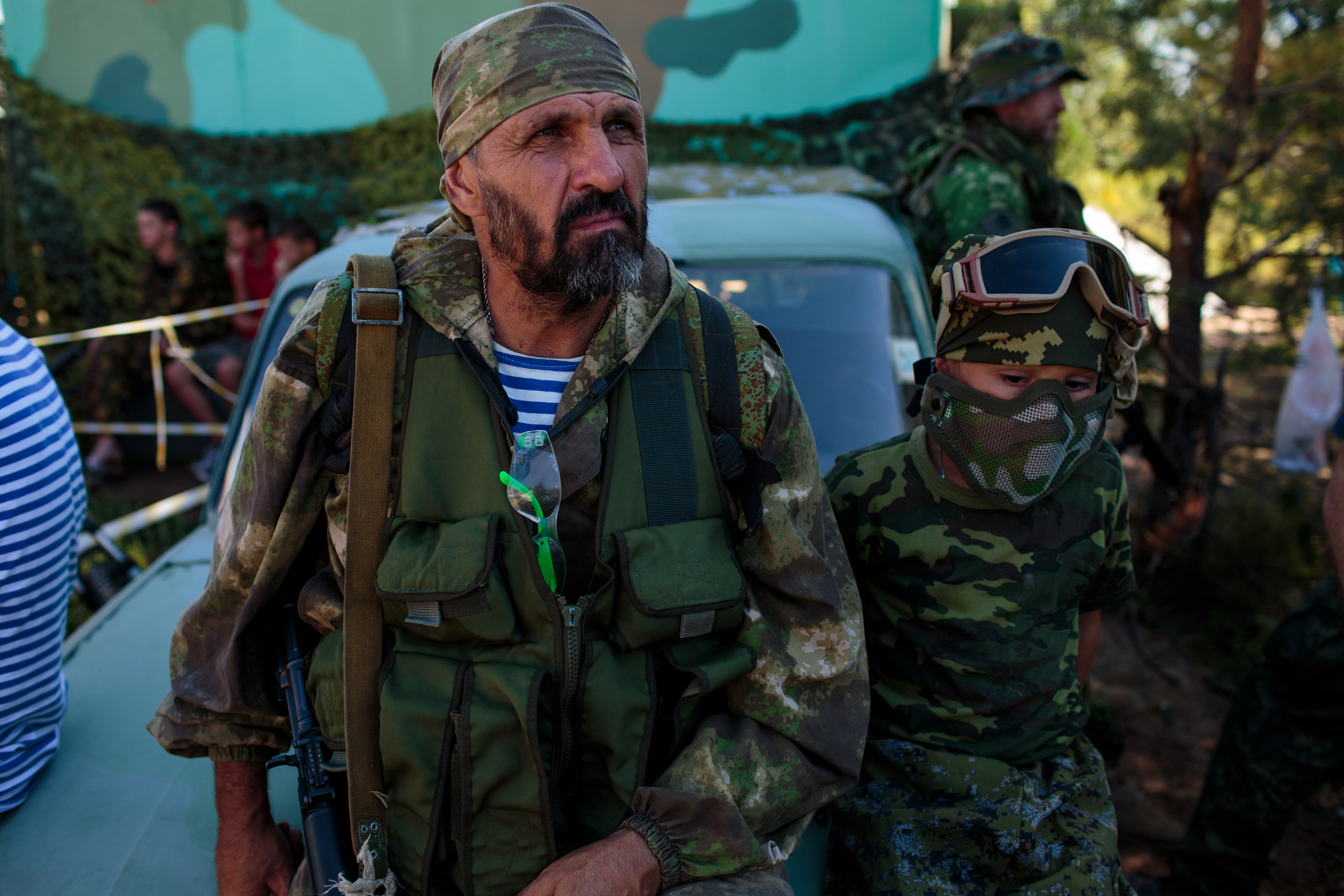
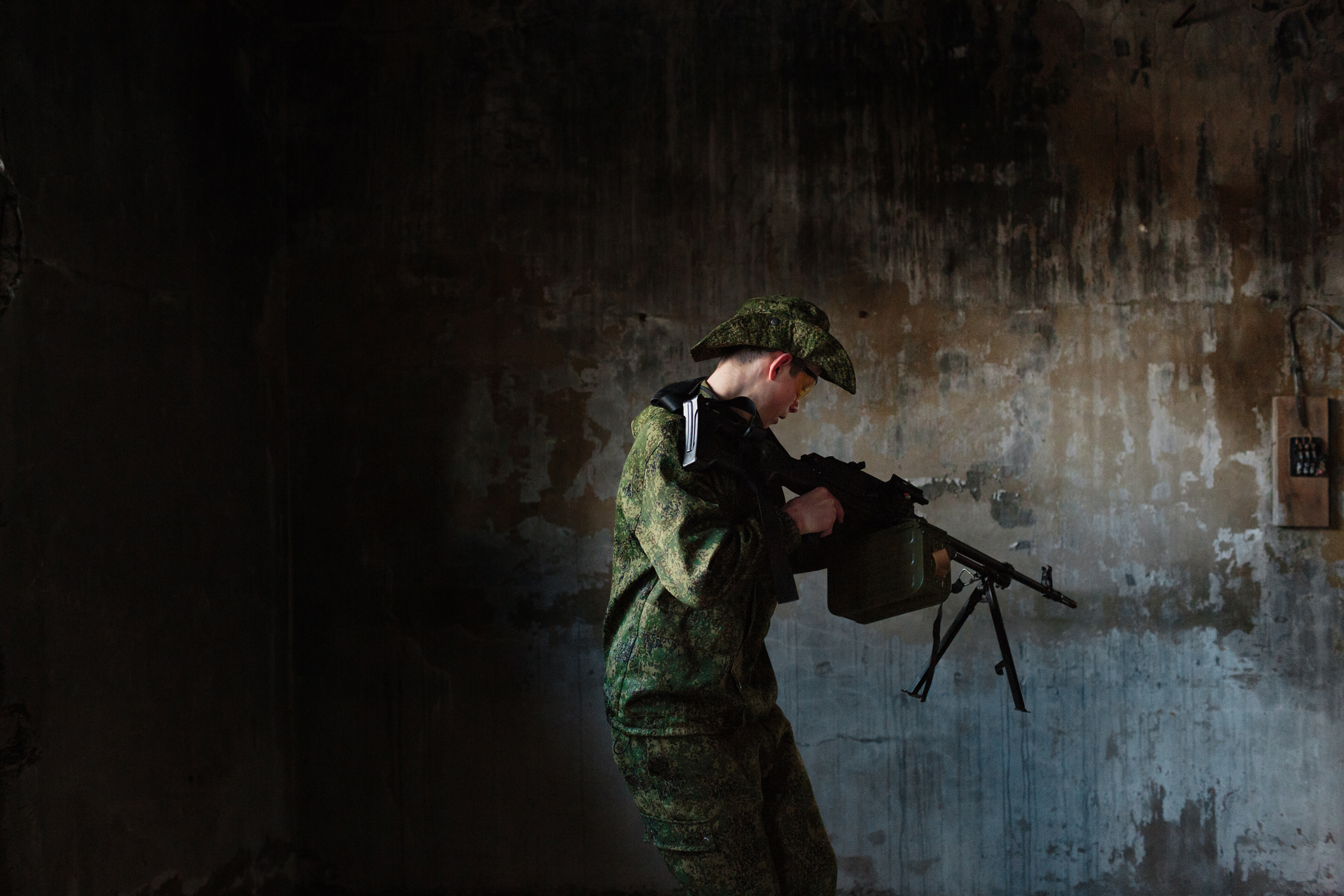
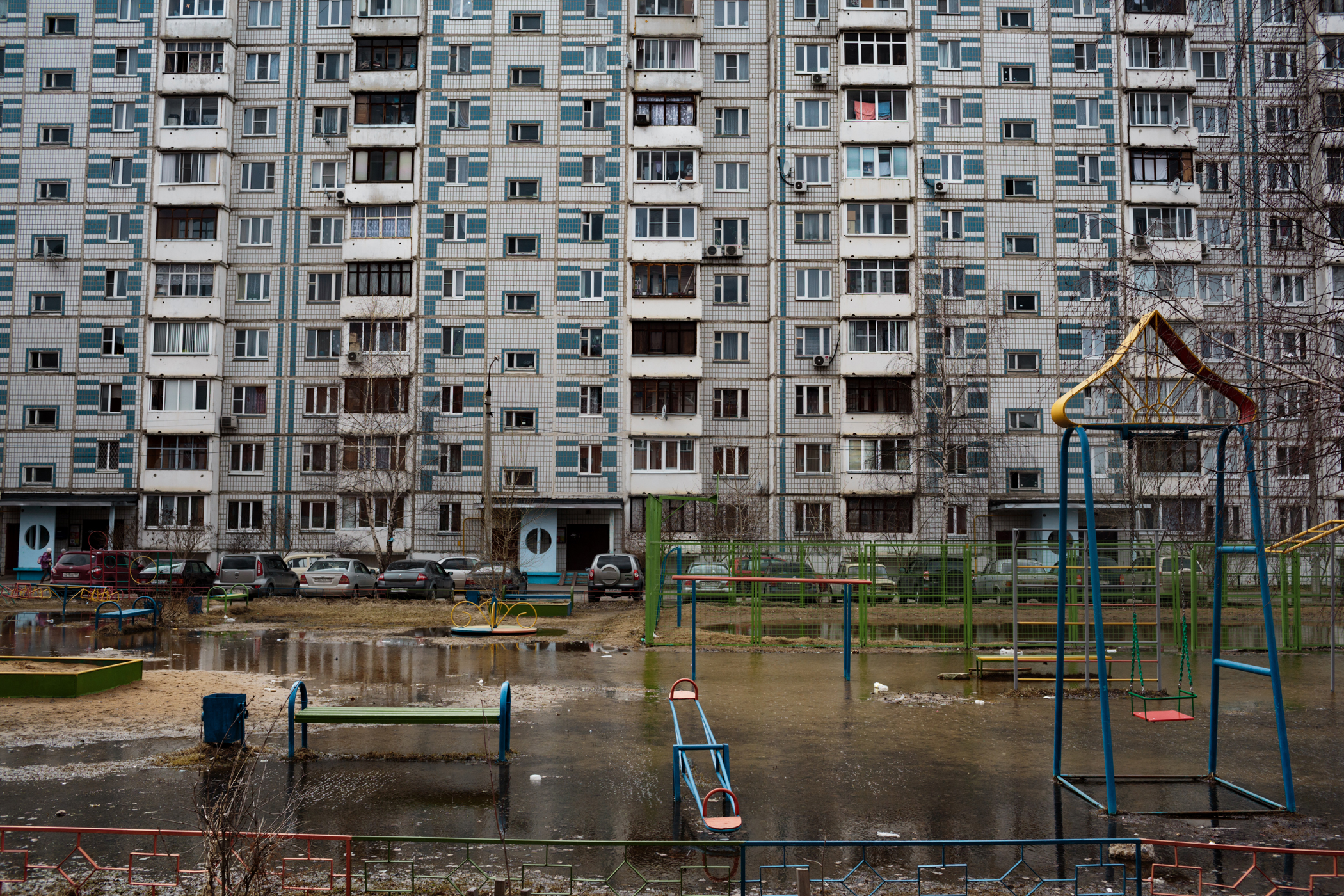
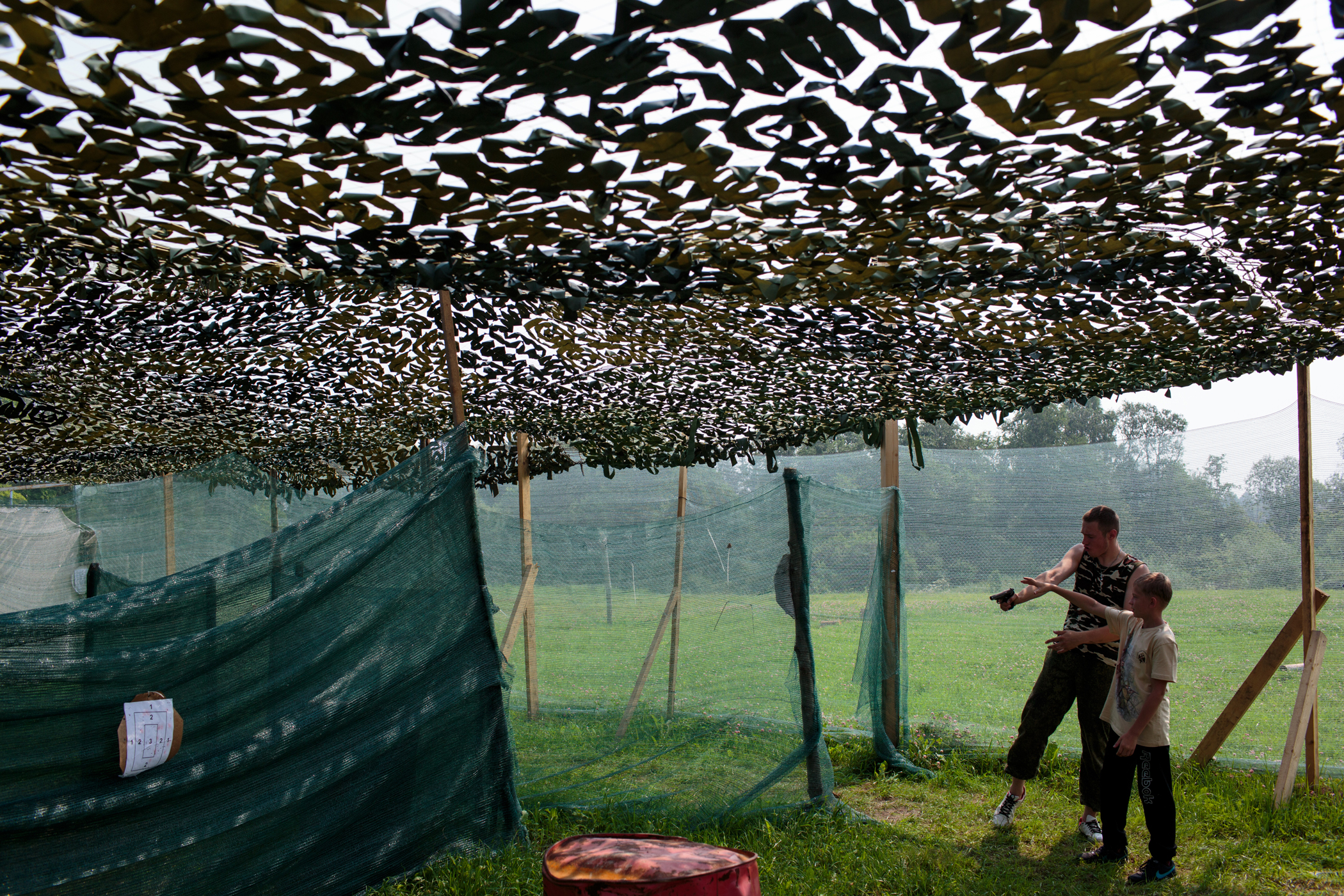


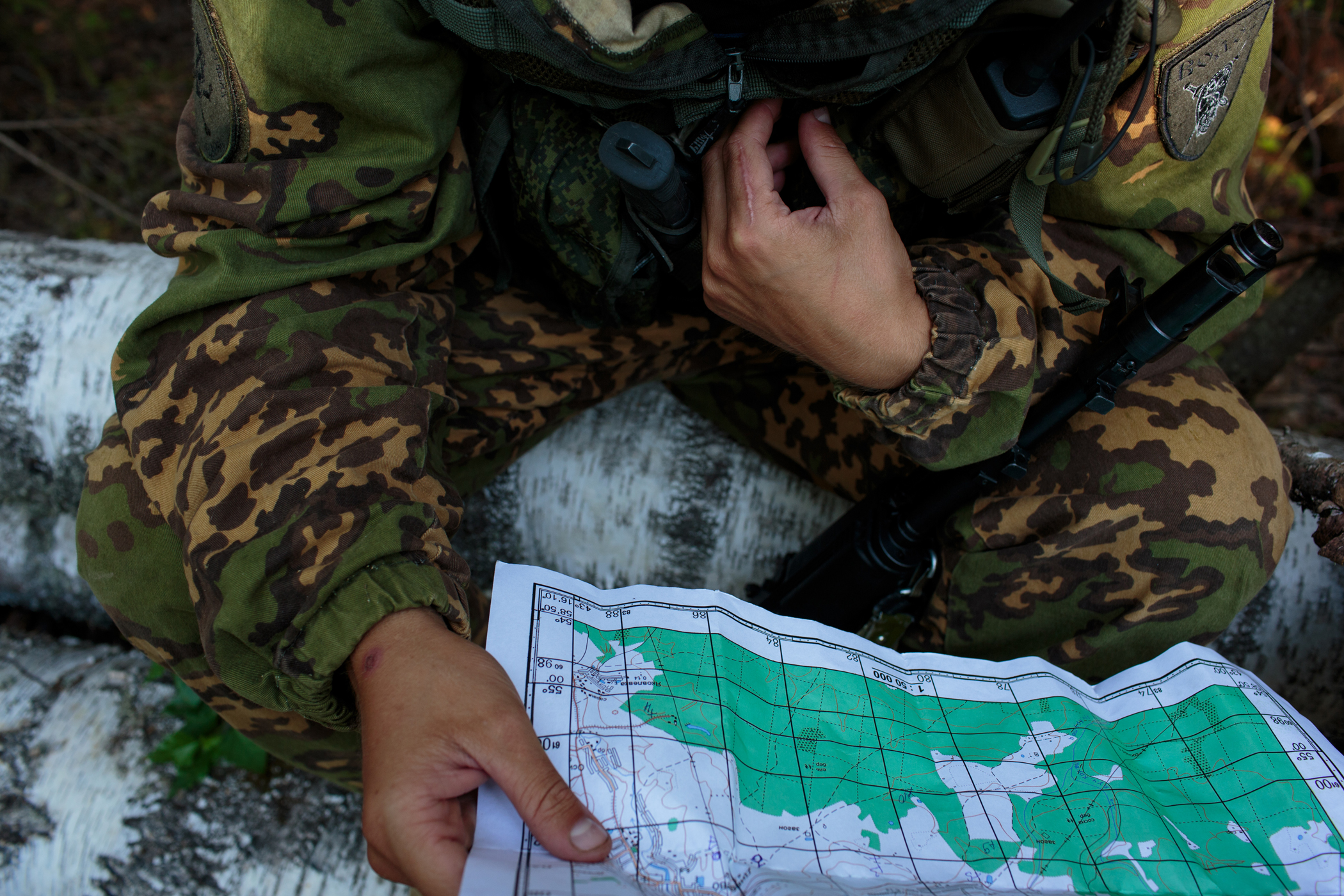

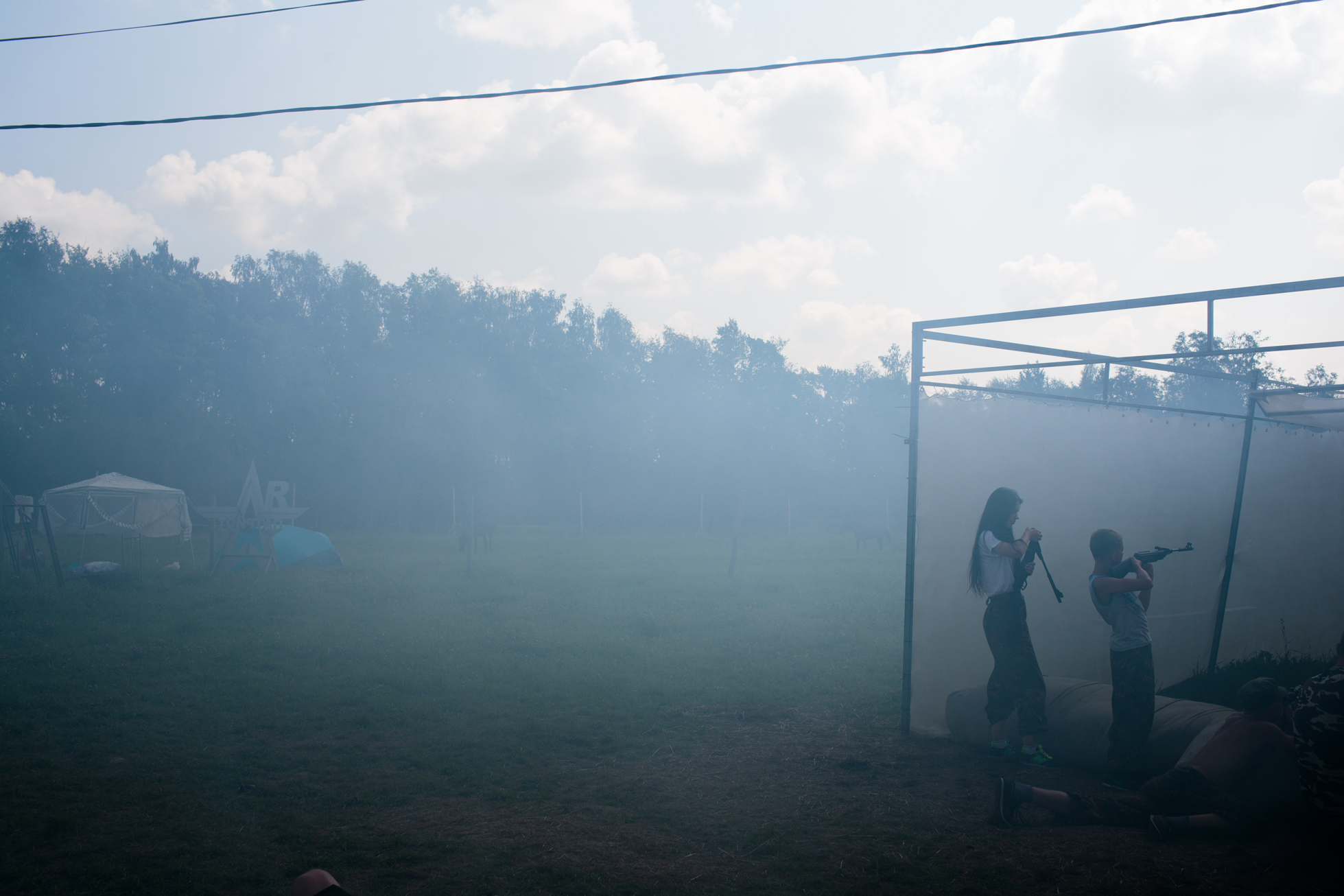
More Must-Reads From TIME
- The 100 Most Influential People of 2024
- Coco Gauff Is Playing for Herself Now
- Scenes From Pro-Palestinian Encampments Across U.S. Universities
- 6 Compliments That Land Every Time
- If You're Dating Right Now , You're Brave: Column
- The AI That Could Heal a Divided Internet
- Fallout Is a Brilliant Model for the Future of Video Game Adaptations
- Want Weekly Recs on What to Watch, Read, and More? Sign Up for Worth Your Time
Contact us at letters@time.com